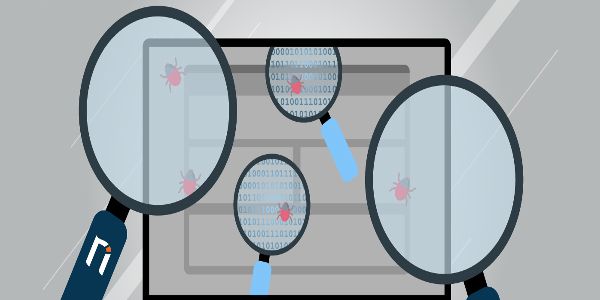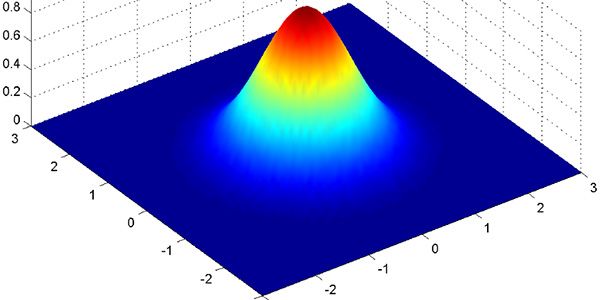Benefits of Static and Dynamic Application Security Testing
Static Application Security Testing (SAST) and Dynamic Application Security Testing (DAST) are methodologies used in application security testing to identify security vulnerabilities that can make an application susceptible to attack.
For making this effective, it must be an integral part of the software development CI/CD lifecycle from initial stages until final versions.





















